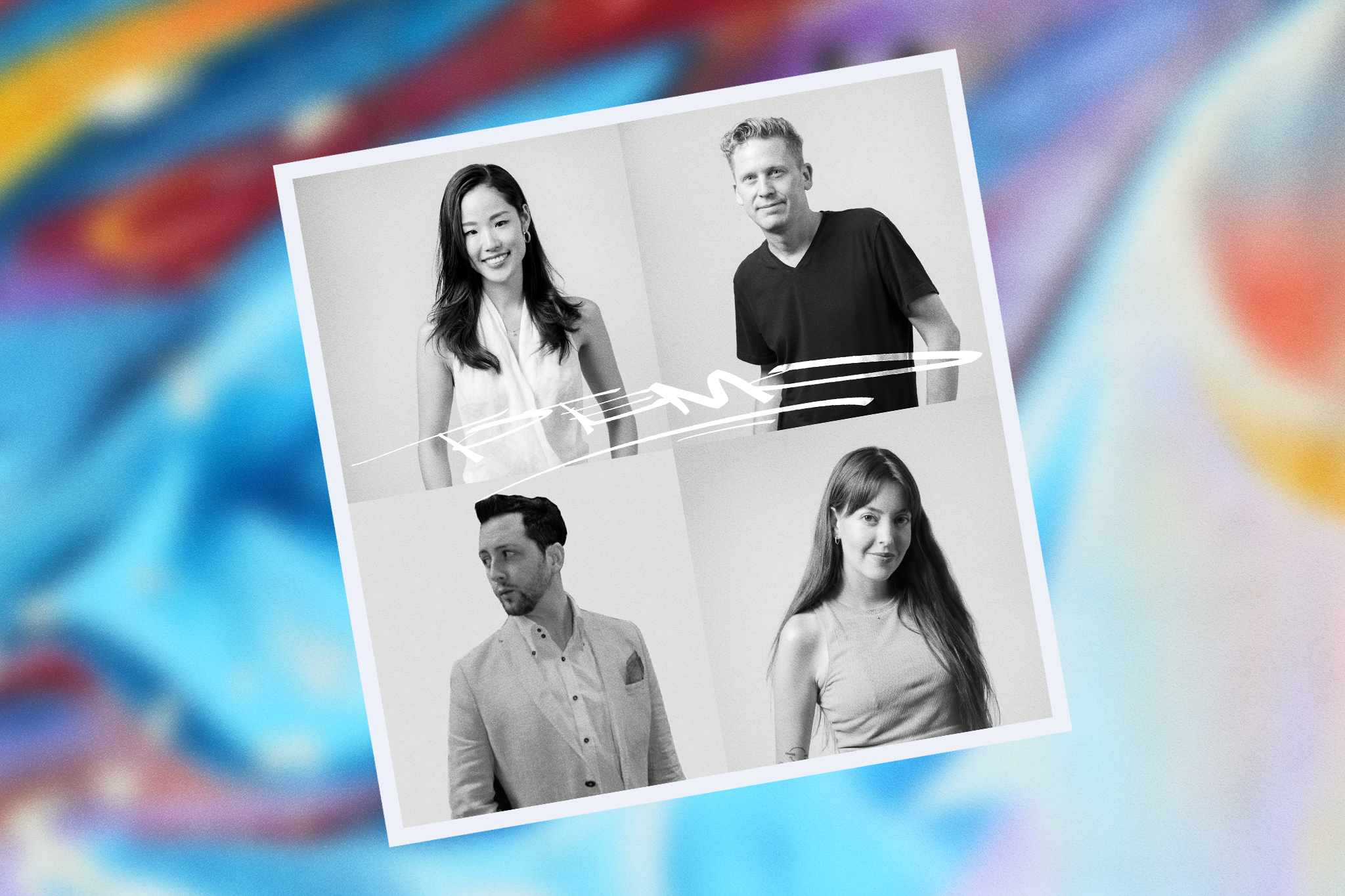It’s somehow fitting that I meet with Elena Calderon Alaez in the backstreets of Harajuku as we sit down for a coffee to discuss the graffiti art scene in the capital. An academic with a background in art conservation and restoration, the Madrid-native has called Tokyo home for about four years now. Harajuku and Shibuya are geographic hubs for Japanese street art and the alleyways within these communities have become, over the years, both legal and illegal points of discovery for both emerging and established domestic and international artists.
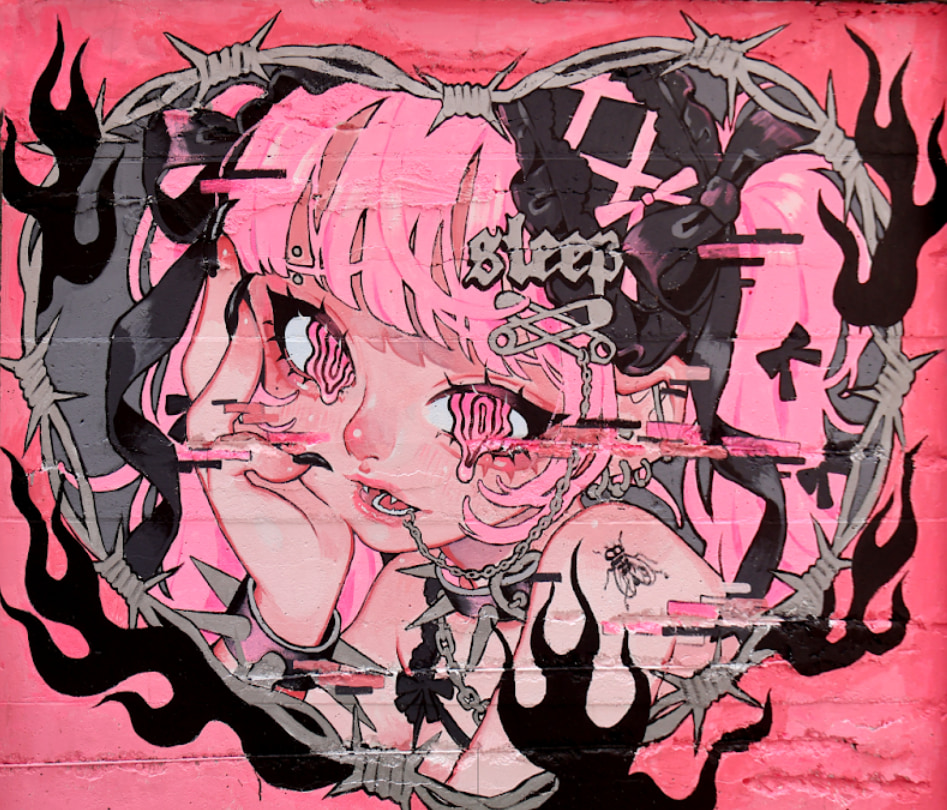
Supporting Graffiti Artists
Alaez established Totemo (often stylized as TOTEMO) with Marty Roberts, Ally Ogilvie and Minami Kobayashi a few years back. Since then, the auction platform has been supporting graffiti artists with various street projects, in addition to helping artists become involved in NFTs, which can be bought by collectors, enthusiasts and anyone with an interest in cutting-edge art.
When I ask Alaez how a graffiti piece in the backstreets of Tokyo becomes an NFT, she says, “the artists here cannot monetize the work they’re doing on the street because they can’t sell it. That’s why many artists are interested in our platform. We have an animation team that takes photos, animates the works and then they become available on our platform as NFTs.”
In the freewheeling and more anarchic days of the 1980s, artists, mostly based in New York, including Keith Haring and Jean-Michel Basquiat, started out doing graffiti and, in the process, kick-started their careers in the cutthroat contemporary art scene. Prior to becoming the now iconic Basquiat, the young bohemian started off under the graffiti moniker SAMO.
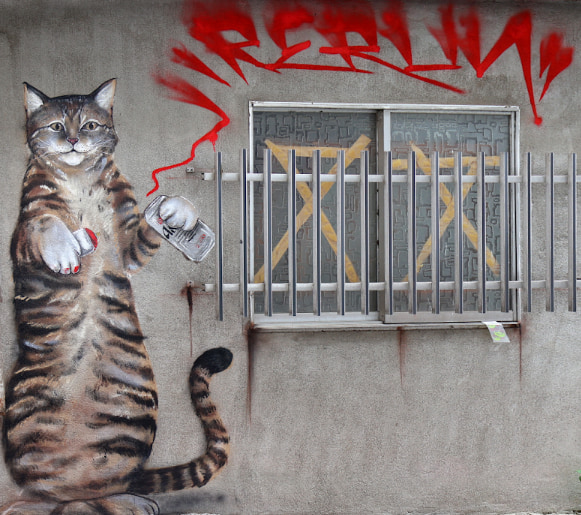
Dichotomous Views on Graffiti Art
Artists nowadays, perhaps, have it a little more difficult, especially in Tokyo, as authorities often hold dichotomous views on graffiti art. On one hand, they are in the process of destroying or painting over graffiti art at an alarming rate and, on the other, they are seen to be promoting it in established and more conventional spaces such as art galleries and museums. The work of Banksy within the Japanese cultural psyche (for the most part adored and viewed mostly in orthodox art spaces) could be considered an example of such dichotomies.
Alaez explains, “it’s a bit ironic that we have been asked to do street art events with local governments and at the same time [the authorities] are removing street art from the streets. The same people we are representing are the same artists that they are erasing.”
I ask Alaez what Totemo is planning next, and she tells me about the startup’s third event, which is being held on November 20. “It’s going to be jointly hosted with Adam byGMO, an NFT marketplace operated by the GMO Internet Group,” she says. “It will be held in their office in the Shibuya Fukuras building. We will be showing NFTs from some of our artists on big screens and live painting with one Japanese and one American artist and a live auction too. We have about 20 artists now on our platform and most of them have about four NFTs. And they are from all over the world.”
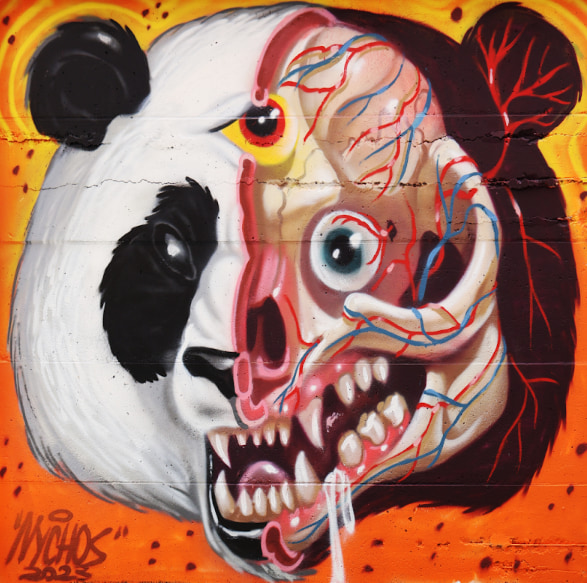
A New Way to Purchase Street Art
Totemo represents some of the graffiti art scene’s leading artists, including La Mano Fria, Chris RWK, Bakibaki and Kuua. The Tokyo Metropolitan Government and other authorities in Japan may well be attempting to cash in on the cachet associated with street art, but Totemo still remains true to the ethos of working closely with talented street artists and transferring their work to the Totemo digital platform.
According to Totemo’s official site: “By its very nature, street and graffiti art is confined to a single geographical location and is often quite temporary, being painted over by municipalities, destroyed by the elements, etc. Totemo represents a new way to purchase street art as NFTs (non-fungible tokens). NFTs are basically digital receipts that confer ownership of something (in this case, a specific piece of work by a street artist) to a specific collector. While multiple images of any given piece of street art might exist online, owning the NFT provides proof that you have ownership of the piece as authorized by the artist. NFTs can be resold or traded to other collectors in the same way as physical art, baseball cards or any other collectible.”
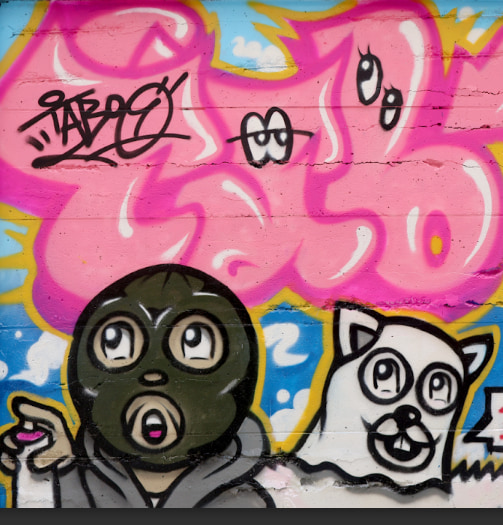
Expanding in Asia
Totemo is also looking to expand more into other commercial hubs in Asia, including Singapore. Next year will see its second collaboration with UltraSuperNew Gallery, which Totemo worked with before on an exhibition in its Tokyo gallery.
Totemo, then, has placed itself at the forefront of preserving some of Tokyo’s most prized street art. Monetizing this art means artists have the finances to continue creating work. Also, due to the current interest in viewing NFTs as commodities, the commercial side of art still remains, in some ways, bound to the streets from which much of contemporary art originates.
For information and the opportunity to attend the “From Street to Digital, from Shibuya to the World! LIVE ART AUCTION” event at Shibuya Fukuras on November 20 please pre-register here.
For more information on Totemo please visit its Instagram page: @totemo.art

